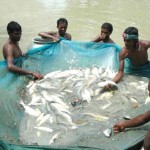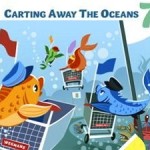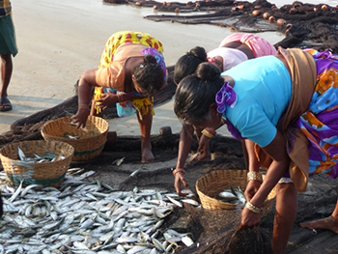The C-MERC team estimates that river inputs can be as much as 80% of the total mercury inputs to some estuaries. “The impact of mercury released to coastal waters from watersheds via rivers has been a somewhat under-appreciated aspect of the problem. Yet, these bays and estuaries can be important sources of fish for local anglers, thus controls on these sources can have substantial local benefits,” explained Driscoll.
“C-MERC’s synthesis of research identifies the most important drivers of mercury pollution to different oceans and coastal waters, and can help policymakers understand the links between environmental processes, methylmercury levels in marine ecosystems, human exposure, and the human health effects – all of which are critical to the discussion of how local, regional and global mercury pollution affects the world’s supply of seafood,” said Chen.
Approximately one-third of all mercury emissions are associated with current industrial sources and other human activities that can be controlled. “The good news is that the science suggests that if mercury inputs are curtailed, mercury levels in ocean fish will decline and decrease the need for warnings to limit consumption of this globally important food source,” added Chen.
Source: Dartmouth College.














